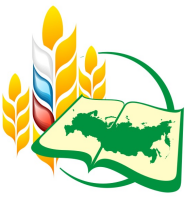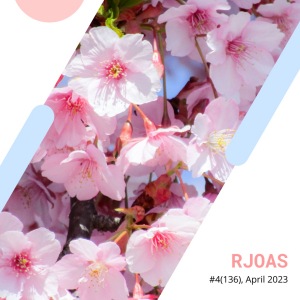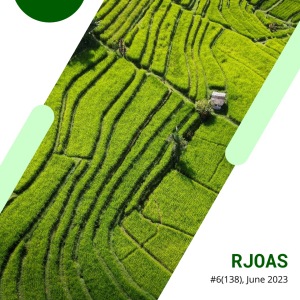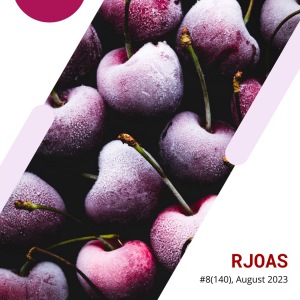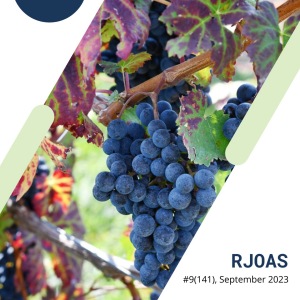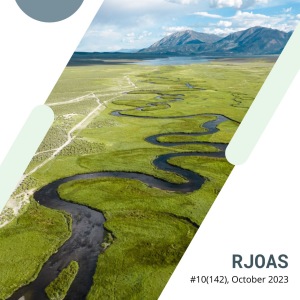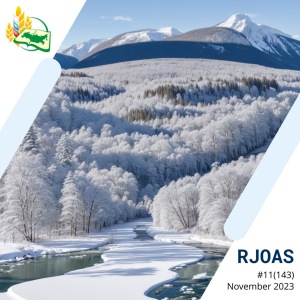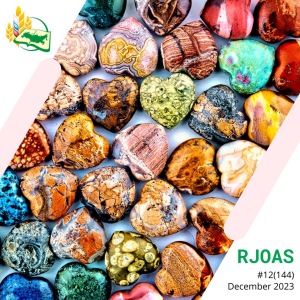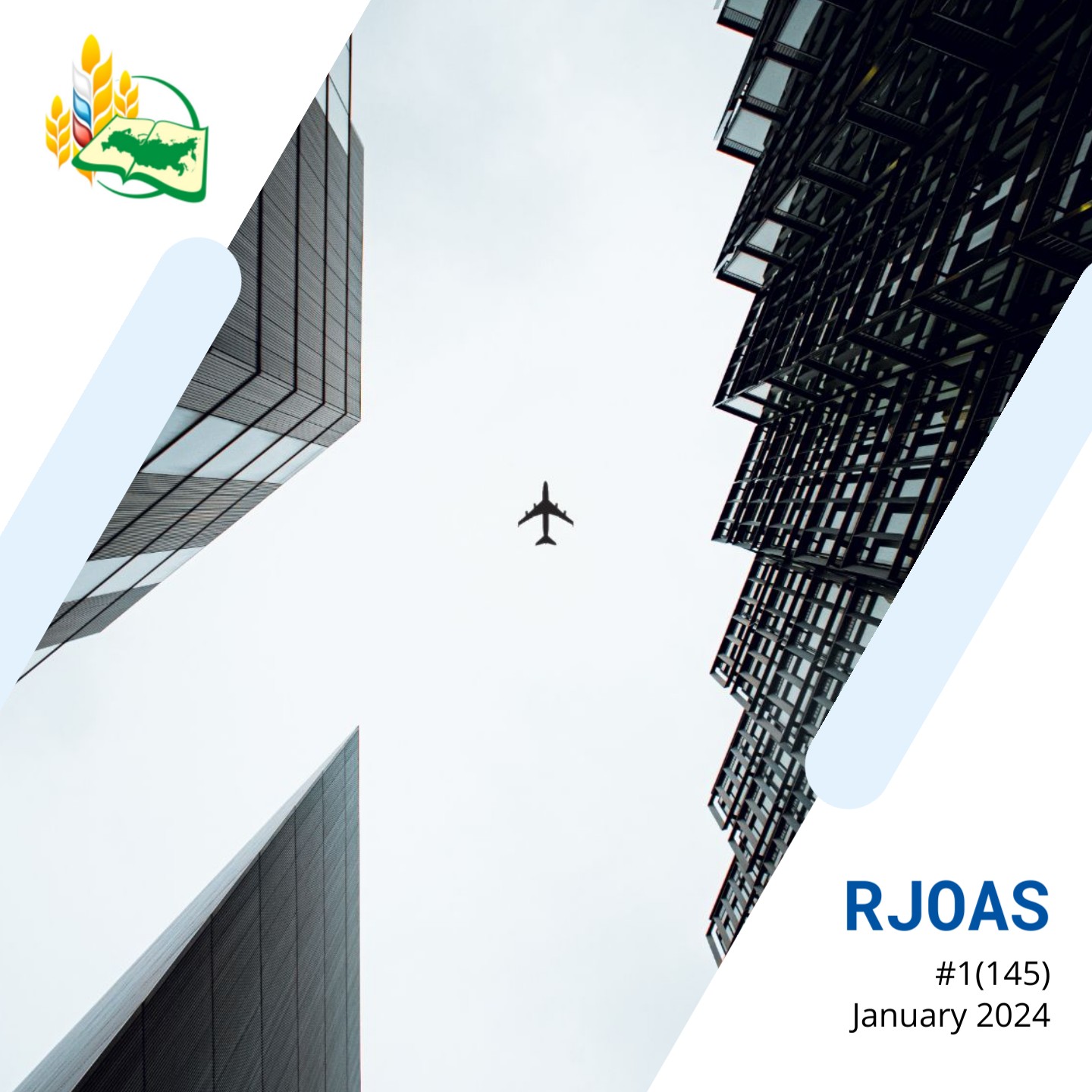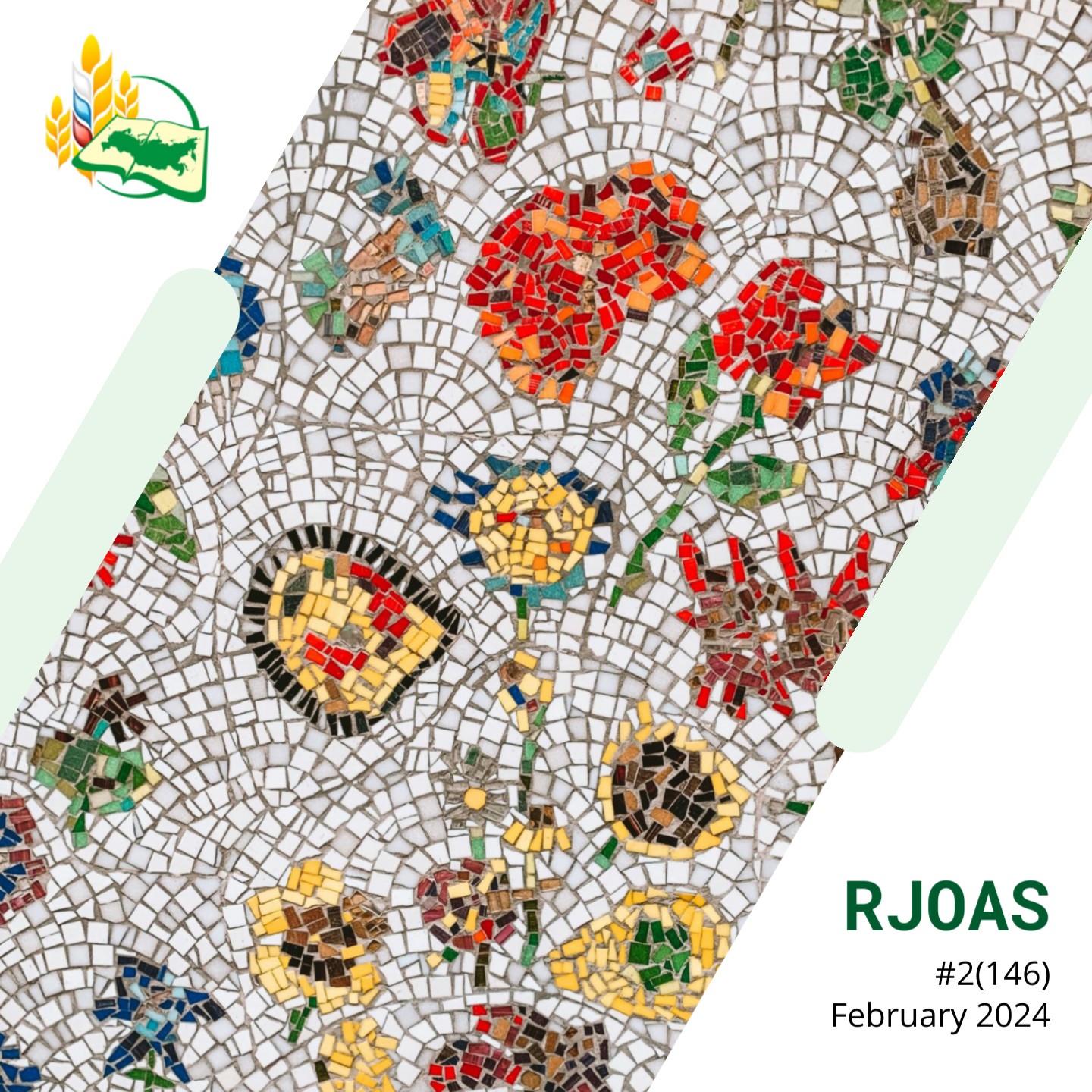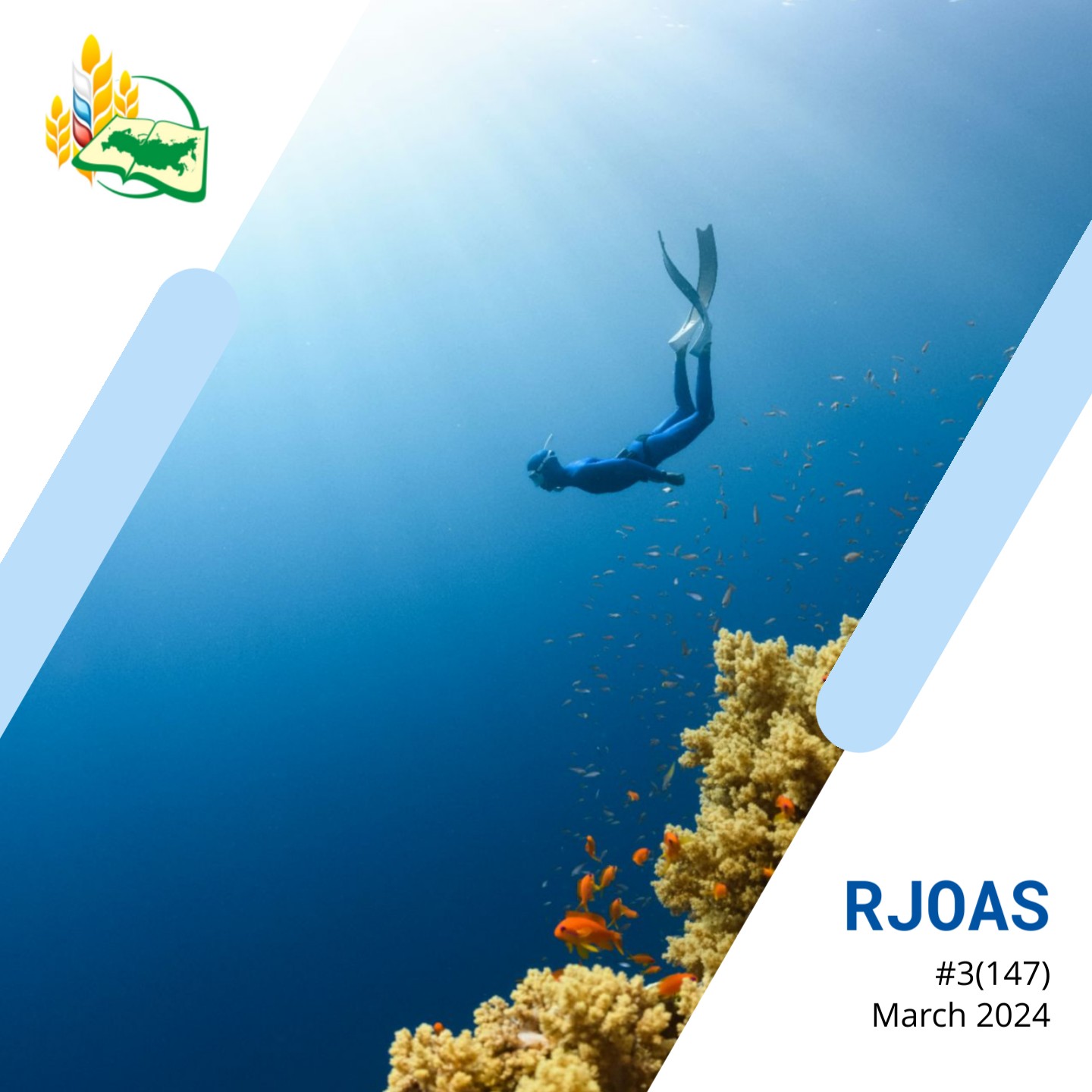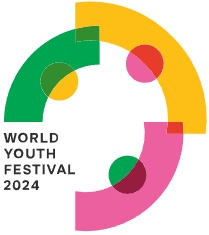ISSUE 1(13), January 2013 |
Pages 3-7
Title
SOCIO-ECONOMIC DETERMINANTS OF OFF-FARM ACTIVITY PARTICIPATION IN BANGLADESH
Author(s)
M.S. Rahman
Organization(s)
Department of Management and Finance, Faculty of Agribusiness Management, Sher-e Bangla Agricultural University, Dhaka, Bangladesh
Key Words
Household income; Off-farm income; Service; Off-farm labour; Determinants.
Abstract
The study was conducted in two districts of Bangladesh to determine the factors affecting the participation in off-farm activity. A total of 150 sample farmers were selected for interview through random sampling technique. The results showed that the average annual income was higher for service holders (Tk.1,83,696) compared to business (Tk. 1,69,215) and off-farm labour activities (Tk.1,09,373). Participations in activities like business and services were positively influenced by the farm size and education respectively. On the other hand, farm size and education were inversely related with participation in off-farm labour activities. Farmers in the study areas mentioned low income from agriculture as a reason for participating in off-farm activity.
CrossRef DOI
Pages 8-17
Title
COMMUNITY GARDENS AND FOOD SECURITY IN RURAL LIVELIHOOD DEVELOPMENT: THE CASE OF ENTREPRENEURIAL AND MARKET GARDENS IN MBERENGWA, ZIMBABWE
Author(s)
Bernard Chazovachii*, Cephas Mutami*, John Bowora**
Organization(s)
* Department of Rural and Urban Development, Great Zimbabwe University, Zimbabwe
** Department of Rural and Urban Planning, University of Zimbabwe, Zimbabwe
Key Words
Community gardens; Vulnerability; Livelihoods; Food security; Sustainable rural development.
Abstract
This paper seeks to assess the contribution of community gardens on food security in rural livelihoods development in Mberengwa ward 27. Despite the introduction of community gardens in ward 27, poverty persisted amongst the vulnerable groups in the district. Both qualitative and quantitative methods were used in collection of data through questionnaires, interviews and focused group discussions (FGDs). Analysis was done using descriptive statistics and content analysis. This study revealed that the vulnerable people of Mberengwa derived income, basic horticultural skills, enriching their garden soils and food commodities from the Imbahuru community garden. Factors like all year-round production of crops, intensiveness of the activity, monitoring and evaluation by extension workers, field days in all seasons and demand of the crop varieties grown influence food security in the district. However challenges persisted due to their seclusion of these gardeners from credit facilicities, lack of irrigation equipment, unstable power relations among leaders and the project was associated with the weak in society. The research concludes that the gardening project should be done not in isolation with the Zimbabwe's agrarian reform programme which would provide all forms of capital which capacitated the vulnerable rural dwellers.
CrossRef DOI
Pages 18-25
Title
SERVICE TRADE AND NON-OIL EXPORT IN NIGERIA
Author(s)
Mmaduabuchukwu Mkpado
Organization(s)
Department of Agricultural Economics and Extension, Federal University Oye-Ekiti, Nigeria
Key Words
Exportable services; Road network; Government expenditure; Agricultural credit.
Abstract
The paper was set to examine the relationship between different aspects of service trade and non oil export in Nigeria as well as assess the impact of capacity development on value of service trade and the implications for improving value of non oil export in Nigeria. Secondary data 1980 to 2010 were used. Data were analysed using descriptive statistics, correlation analysis and regression analysis. Results show that total service trade value in Nigeria has increased from $1126.59 million in 1980 to $3076.19 million in 2010. Significant correlations existed between the total value of service trade and all the types of service trade except with other service trade value. Road network, government (domestic) capital expenditure on services, agricultural credit and domestic service GDP positively determine exportable services. Recommendations include improvement of service GDP and agricultural credit/loan facilities.
CrossRef DOI
Pages 26-42
Title
ANALYSIS OF FOOD SECURITY STATUS OF FARMING HOUSEHOLDS IN THE FOREST BELT OF THE CENTRAL REGION OF GHANA
Author(s)
John K.M. Kuwornu, Demi M. Suleyman, Ditchfield P.K. Amegashie
Organization(s)
Department of Agricultural Economics and Agribusiness, University of Ghana, Legon-Accra, Ghana
Key Words
Farming Households; Food Security; Food Security Index; Logit Model; Forest Belt; Ghana.
Abstract
The study seeks to examine the Food Security Status of Farming Households in the Forest Belt of the Central Region of Ghana. A multistage sampling technique was used to select the respondents that were interviewed. In all 134 farming households were interviewed but 120 were selected for analysis after removing the questionnaires which were not properly administered. The households were selected from eight communities in two districts. Food consumption data of 851 individuals in 120 households were used for the analysis. The study reveals that the majority of the farming households (60%) were found to be food insecure. Further, the Binary Logit Model results reveal that an increase in household's income, having access to credit as well as increase in the quantity of own farm production improve the food security status of farming households in the Forest Belt of the Central Region of Ghana. However, holding all other factors constant, increases in non-working member of households worsens the food security status of farming households. Most of the food insecurity coping strategies adopted by household's are not severe and can only be used to avert the impact of food insecurity on a temporal basis. These results have policy implications for Food Security Status of Farming Households in developing countries.
CrossRef DOI
Pages 43-48
Title
ASYMMETRIC PRICE TRANSMISSION MODELING: THE IMPORTANCE OF MODEL COMPLEXITY AND THE PERFORMANCE OF THE SELECTION CRITERIA
Author(s)
Henry de-Graft Acquah
Organization(s)
Department of Agricultural Economics and Extension, University of Cape Coast, Ghana
Key Words
Monte Carlo Simulation; Asymmetric Price Transmission; Model Selection; Model Complexity; Information Criteria; Model Recovery Rate.
Abstract
Information Criteria provides an attractive basis for selecting the best model from a set of competing asymmetric price transmission models or theories. However, little is understood about the sensitivity of the model selection methods to model complexity. This study therefore fits competing asymmetric price transmission models that differ in complexity to simulated data and evaluates the ability of the model selection methods to recover the true model. The results of Monte Carlo experimentation suggest that in general BIC, CAIC and DIC were superior to AIC when the true data generating process was the standard error correction model, whereas AIC was more successful when the true model was the complex error correction model. It is also shown that the model selection methods performed better in large samples for a complex asymmetric data generating process than with a standard asymmetric data generating process. Except for complex models, AIC's performance did not make substantial gains in recovery rates as sample size increased. The research findings demonstrate the influence of model complexity in asymmetric price transmission model comparison and selection.
CrossRef DOI
Pages 49-55
Title
ECONOMIC ANALYSIS OF FRESHWATER AQUACULTURE PRODUCTION: A COMPARATIVE ANALYSIS OF DIFFERENT PRODUCTION SYSTEMS
Author(s)
H. Kumar, R. Singh
Organization(s)
Department of Agricultural Economics, Institute of Agricultural Science, Varanasi, India
Key Words
Ponds; Fish ponds; Production functions; Aquaculture; Fish; Disease control; Fixed costs.
Abstract
India produced 8.29 million tonnes of fish in 2010-2011. The industry contributes nearly INR 200 trillion to the national economy, forming 1.4 percent of national gross domestic product (GDP) and 5.4 percent of Agricultural GDP. At present, almost 84 percent of the total inland fish production, in the country is contributed by freshwater aquaculture amounting to 3.9 million tonnes in 2008-09. Further, the potential of the vast freshwater resources covering 6.7 million hectare is yet to be fully realized. The freshwater aquaculture which began as small scale activity of stocking ponds with fish seed collected from riverine sources during early fifties in rural Bengal has now transformed into a major economic activity in almost all states. There is a further need to make the sector more vibrant so as to achieve the predicted target of 15 kg per capita fish availability in the country by 2030.
CrossRef DOI
Pages 56-59
Title
ASSESSING THE RETURNS TO SCALE: EVIDENCE FROM FISH FARMERS IN ILORIN, KWARA STATE
Author(s)
N.A. Jatto
Organization(s)
Department of Agricultural Economics, Usmanu Danfodiyo University, Nigeria
Key Words
Returns to scale; Data envelopment analysis; Fish farmers.
Abstract
This study assesses the returns to scale as evidenced from fish farmers in Ilorin, Kwara. A random sampling technique was adopted in selecting 120 fish farmers from fish farmers association of Nigeria Ilorin branch list. The data for the study were collected with the use of well structured questionnaire. The result showed the fish farmers were relatively technically efficient in their use of resources, with a mean technical inefficiency of 40%. The result also showed that 73% of the fish farmers exhibited increasing returns to scale. On the average; numbers of fingerlings, feeds and labour had slacks of 0.0, 6.5 and 0.4 respectively. These imply that inputs could be decreased by those units and still produce the same level of output. Thus, the fish farmers are said to be inefficient in input usage by the said values. It was concluded that though average cost is expected to decrease as output increases there is still room for improvement in productivity of fish farms. With this high level of returns to scale in fish farming, it is recommended that this information should be spread to all the farmers in the study area and other surrounding communities.
CrossRef DOI
Pages 60-65
Title
ECONOMIC ANALYSIS OF COWPEA PRODUCTION IN NIGERIA
Author(s)
Abba M. Wakili
Organization(s)
Department of Agricultural Education, Federal College of Education, Nigeria
Key Words
Cowpeas; Production functions; Family labour; Efficiency; Farm size; Nigeria.
Abstract
This study employs a stochastic frontier production function analysis to examine the productivity and technical efficiency of cowpea production in Adamawa State, Nigeria and also to identify the factors affecting the technical inefficiency using farm level survey data collected from 150 cowpea farmers selected using multi stage sampling technique. Findings from the analysis show that cowpea farmers operated on a very small scale and are profitable. The productivity analysis shows that agro chemicals, fertilizer, farm size and labor were all positively and significantly related to the technical efficiency. The return to scale (RTS) of 0.9904 shows that cowpea production was in the rational stage of the production surface. The technical efficiency varies from 0.1094 to 0.9568 with a mean technical efficiency of 0.6649, indicating that farmers were operating below the efficiency frontier. Thus, in the short run, there is a scope to increase output by 34%. The inefficiency model revealed that education of the farmers; extension visits and access to credit are the main factors that affect technical efficiency of the farmers.
CrossRef DOI
Pages 66-79
Title
MOVEMENT POPULATION IN THE SECOND OF XX AND BEGINNING OF XXI CENTURY: THE CASE NORTHEASTERN MONTENEGRO
Author(s)
Goran Rajovic, Jelisavka Bulatovic
Organization(s)
College of Textile Design, Technology and Management, Belgrade, Serbia
Key Words
Northeastern Montenegro; Density of population; Natural change; Migration.
Abstract
This paper analyzes population trends northeast of Montenegro in the second half of the twentieth and early twenty-first century. The population has increased in the period 1948-2003 to 2.16%, but with a tendency to decline from 1981. The population in are period 1981-2003, decreased by 14,674, or 21.16%. Parameters of natural population indicate a negative trend. So the natural increase in 2003 in the municipality was Andrijevica - 4.6%º, in the municipality of Plav 4.21%º, and Berane 9.29%º, significantly lower than in the beginning of the seventies. Population migration indicates uneven density and population concentration. The existence of a large number of settlements up to 500 populations (81) is not suitable for modern flow to vital economic development of the region.
CrossRef DOI













